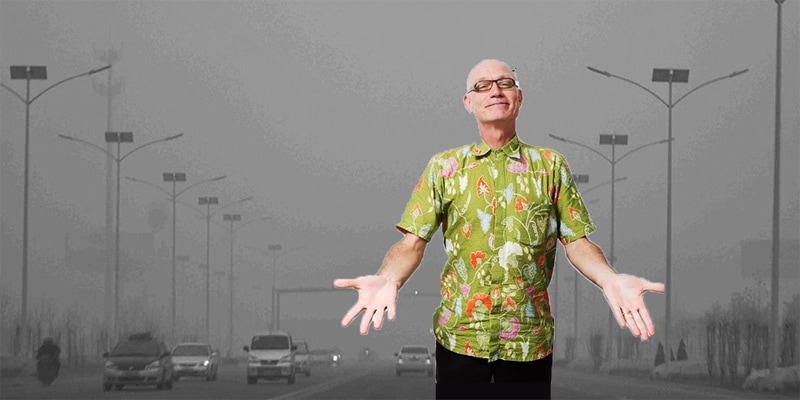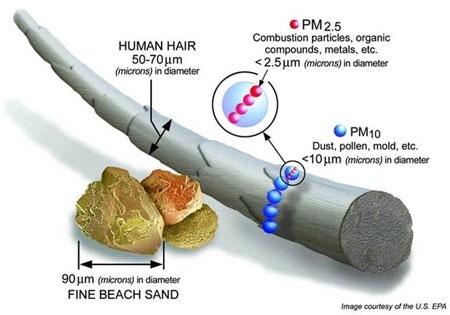|
Air Pollution The New Normal
08/03/2017
barryshares
Each morning when I check the pollution indices for Hong Kong and Shenzhen, the PM2.5 count is frequently close to, or even over, 100 for sustained periods over several days. When people ask me why I am wearing a face mask outside I ask them how they feel the air is today. They generally tell me “not too bad.” If I point out that the pollution index is over 100 the response is, invariably, “not as bad as Beijing.”
|
Coarse dust particles (PM10) are 2.5 to 10 micrometers in diameter. Sources include crushing or grinding operations and dust stirred up by vehicles on roads.
Fine particles (PM2.5) are 2.5 micrometers in diameter or smaller, and can only be seen with an electron microscope. Fine particles are produced from all types of combustion, including motor vehicles, power plants, residential wood burning, forest fires, agricultural burning, and some industrial processes. US EPA The United States Environmental Protection Agency (EPA) established National Ambient Air Quality Standards for PM2.5 in 1997 and revised them in 2006.
National Ambient Air Standards are established to be protective of public health. The short-term standard (24-hour or daily average) is 35 micrograms per cubic meter of air (µg/m3) and the long-term standard (annual average) is 15 µg/m3. the AQI scale specifies that each of the Levels of Health Concern (i.e. Good, Moderate,... Unhealthy...) is valid under a 24 hours exposure[1]. For example, when seeing a 188 AQI (Unhealthy), one need to read it as "if I stay out for 24 hours, and the AQI is 188 during those 24 hours, then the health effect is Unhealthy". This is quite different from saying that "if the AQI reported now is 188, then the health effect is Unhealthy". |
Services |




